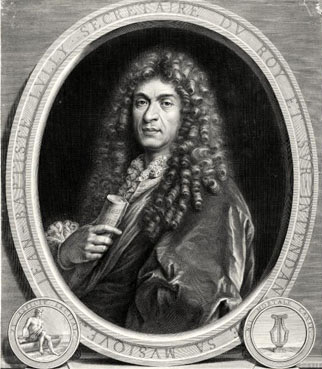The cowboy practice of “singing the cattle down”—the night herder’s soft crooning to quiet the cows for sleep—received a new twist in 1926.
A fan letter sent to WGES in Chicago by Tom Blevins, a Utah cowman, reported that he had set up a portable radio on the range and was treating the cows to urban dance music in the evening.
“It sure is a big saving on the voice” Blevins wrote. “The herd don’t seem to tell the difference. Don’t put on any speeches, though. That’ll stampede ’em sure as shootin’.”
This according to “’Sing down the cattle’ by radio” (Popular radio October 1926, p. 615), which is reprinted in Music, sound, and technology in America: A documentary history of early phonograph, cinema, and radio (Durham: Duke University Press, 2012) p. 279.
Below, evidence suggesting that cows continue to enjoy that era’s dance music.
Related articles:












